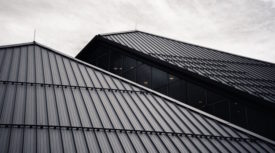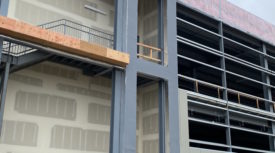Waterproofing
A Q&A with PIMA President Justin Koscher
Read More
Increasing Energy Efficiency from the Ground Up with Below-Grade Insulation
A Q&A with PIMA President Justin Koscher
March 12, 2024
Enhance your expertise with unparalleled insights.
Join thousands of building professionals today. Shouldn’t you know what they know?
SUBSCRIBE TODAY!Copyright ©2024. All Rights Reserved BNP Media.
Design, CMS, Hosting & Web Development :: ePublishing





.jpg?height=168&t=1708013838&width=275)



.jpg?height=168&t=1705589181&width=275)
